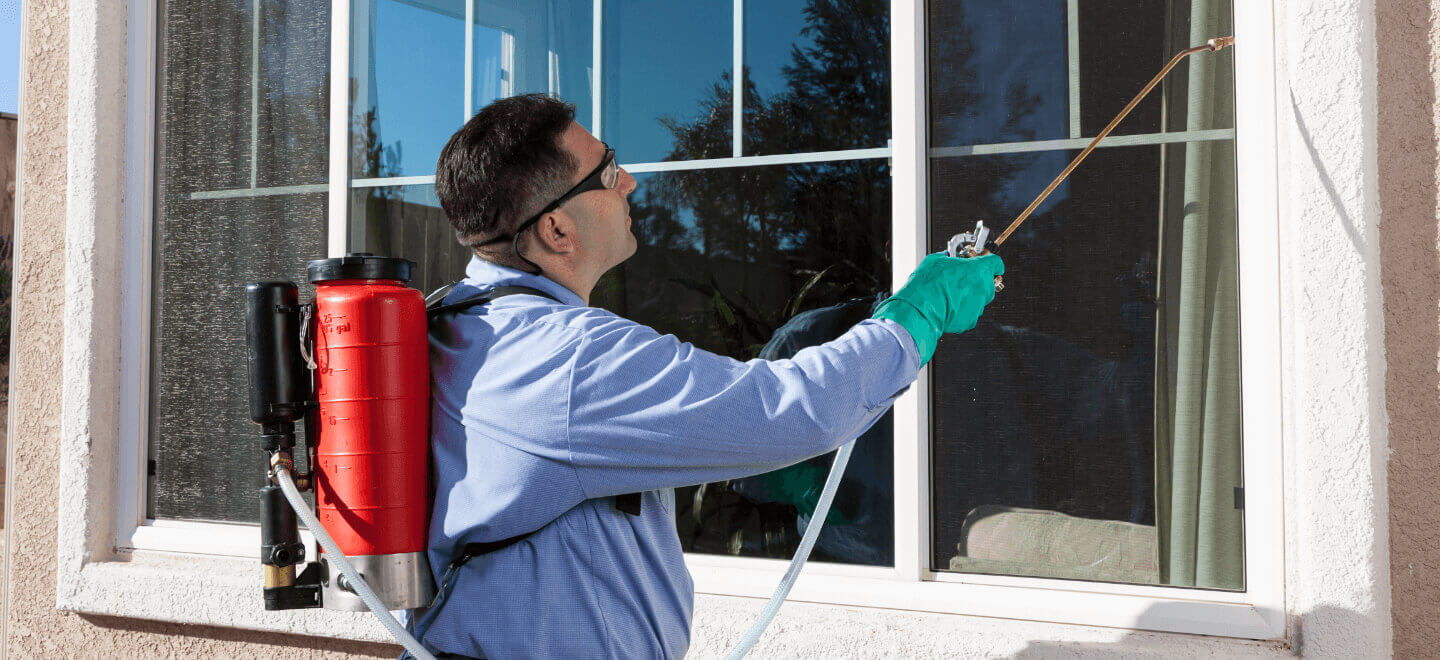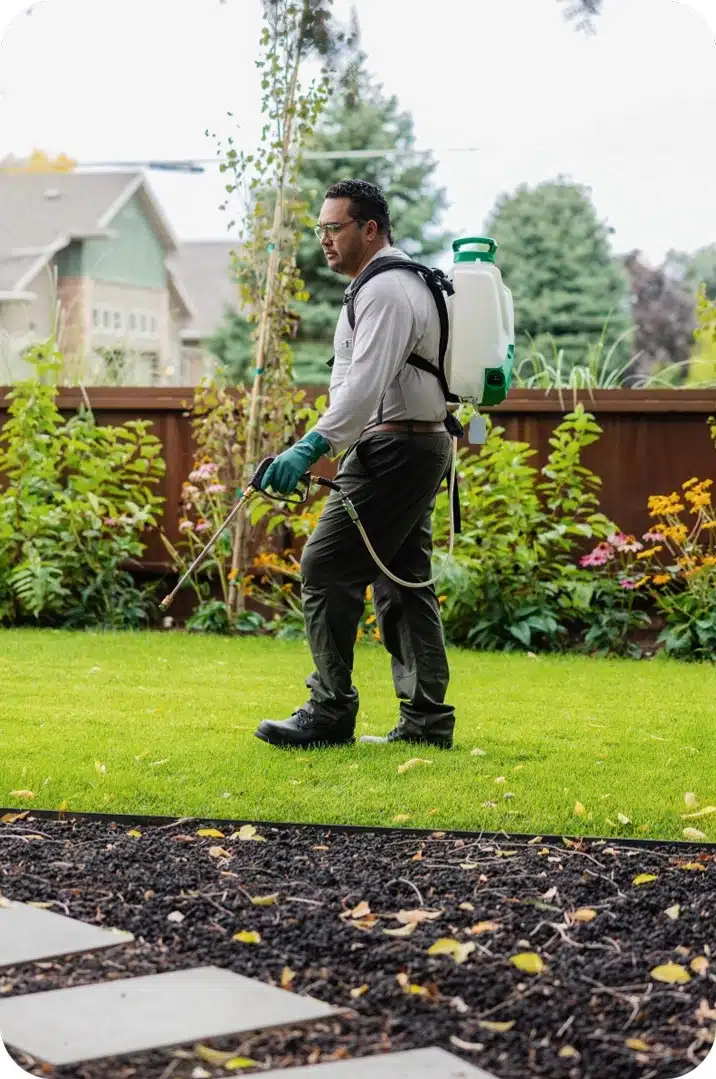Efficient Pest Control Providers: An Extensive Appearance at Elimination Techniques and Prevention Actions
In the realm of bug control services, the successful monitoring of problems needs a thorough method that integrates different techniques and measures for both removal and prevention. From Integrated Pest Management (IPM) techniques that prioritize sustainable remedies to chemical extermination techniques developed for targeted removal, the toolbox versus pests is huge and complex. Biological control approaches and physical avoidance actions provide alternative paths to efficiently combating unwanted intruders. Nonetheless, the secret to an extensive pest control plan lies not simply in the strategies themselves, however likewise in the meticulous specialist evaluation procedures that come before and educate them. By comprehending the intricacies of each method and just how they interplay, one can absolutely realize the complexity and performance of modern-day bug control services.

Integrated Pest Administration (IPM) Techniques
Integrated Parasite Management (IPM) Techniques encompass a thorough strategy to pest control that focuses on avoidance, control, and surveillance methods to successfully manage bug populations. By incorporating numerous techniques, IPM aims to lessen the effect of pests while also minimizing the reliance on chemical pesticides. Avoidance lies at the core of IPM, emphasizing practices like proper hygiene, upkeep of hygiene, and sealing entrance factors to prevent bugs from infesting structures.
Chemical Extermination Methods
Chemical elimination techniques are commonly used in parasite control solutions to efficiently remove insect populaces that posture a threat to human health and residential or commercial property. These techniques entail the use of various chemical materials especially created to target and get rid of pests such as bugs, rodents, and other undesirable animals. The application of pesticides, insecticides, rodenticides, and other chemical agents is carefully controlled to make certain maximum effectiveness while decreasing threats to people, animals, and the setting.
Among the vital benefits of chemical extermination methods is their capacity to provide fast and targeted results, making them particularly useful in situations of extreme invasions or immediate pest control needs - a1 portland pest control bed bugs. Nevertheless, it is important to highlight the significance of correct handling, application, and disposal of these chemical products to prevent unintended injury
Moreover, integrated pest administration (IPM) methods frequently integrate chemical elimination techniques with other techniques such as cleanliness, habitat alteration, and biological controls to develop a lasting and detailed pest control technique. By including chemical extermination techniques sensibly within an IPM framework, pest control services can successfully handle insect populaces while minimizing prospective threats to human health and the environment.
Biological Pest Control Techniques
Using natural killers and bloodsuckers to manage pest populaces is a lasting approach called organic insect control. This technique harnesses the all-natural mechanisms of the environment to manage parasite learn the facts here now populations without counting on artificial chemicals. One usual biological control technique entails introducing natural opponents of the target bug types, such as ladybugs for aphid control or nematodes for termite infestations. These all-natural killers prey on the pests, helping to maintain their populations in check.
One more effective organic control strategy is making use of microbial pesticides. These are normally taking place microbes, such as fungis, infections, and microorganisms, that especially target and contaminate certain insect types. By utilizing these microbial representatives, pest populations can be successfully lowered without damaging valuable organisms or causing harm to the setting.
Physical Pest Prevention Procedures
Executing physical pest prevention steps entails making use of barriers and architectural alterations to hinder bugs from going into or infesting a building (a1 portland bed bug exterminator). One effective approach is sealing all prospective access points such as voids around doors, home windows, and energy penetrations. Setting up door sweeps, displays on windows, and sealing splits in the structure check my source can assist protect against parasites like bugs and rats from getting inside your home. In addition, keeping a clutter-free and clean environment is critical as parasites are drawn in to food sources and concealing areas. Regularly examining and repairing any damaged screens, vents, or roof covering ceramic tiles can likewise help in keeping bugs out.
An additional physical avoidance action is the usage of obstacles like fencing to keep bigger pests such as raccoons or deer away from the residential or commercial property. By applying these physical parasite prevention measures, building proprietors can substantially lower the danger of pest infestations and the damage they can trigger.
Expert Bug Assessment Treatments
Performing comprehensive and systematic parasite assessments is a fundamental facet of expert bug management methods. Specialist insect examiners are trained to meticulously check out homes for indicators of invasions, determining pest species, entry points, and helpful conditions. The evaluation process commonly starts with a thorough assessment of both the interior and exterior of the premises. This includes checking for insect droppings, munch marks, nests, and any type of architectural damages that may show pest task. Furthermore, examiners may make use of specific tools such as dampness meters and borescopes to identify hidden infestations within wall surfaces or crawl areas.

Conclusion
In final thought, reliable parasite control services use a variety of techniques, including Integrated Parasite Administration strategies, chemical extermination methods, biological controls, and physical prevention steps. Specialist pest inspection treatments play a critical duty in recognizing and resolving pest issues in a timely way. By implementing a mix of these strategies, homeowner can efficiently protect against and handle parasite invasions.
From Integrated Parasite Management (IPM) techniques that focus on lasting options to chemical extermination methods made for targeted elimination, the collection against bugs is large and multifaceted.Integrated Insect Administration (IPM) Methods incorporate a comprehensive strategy to pest control that focuses on control, tracking, and avoidance approaches to efficiently handle bug populations.Chemical extermination methods are typically used in pest control solutions to properly remove insect populaces that present a risk to human health and property.Employing all-natural predators and bloodsuckers to take care of pest populaces is a lasting technique understood as organic you could look here insect control.In conclusion, reliable insect control services utilize a variety of strategies, including Integrated Parasite Administration approaches, chemical extermination approaches, biological controls, and physical prevention steps.